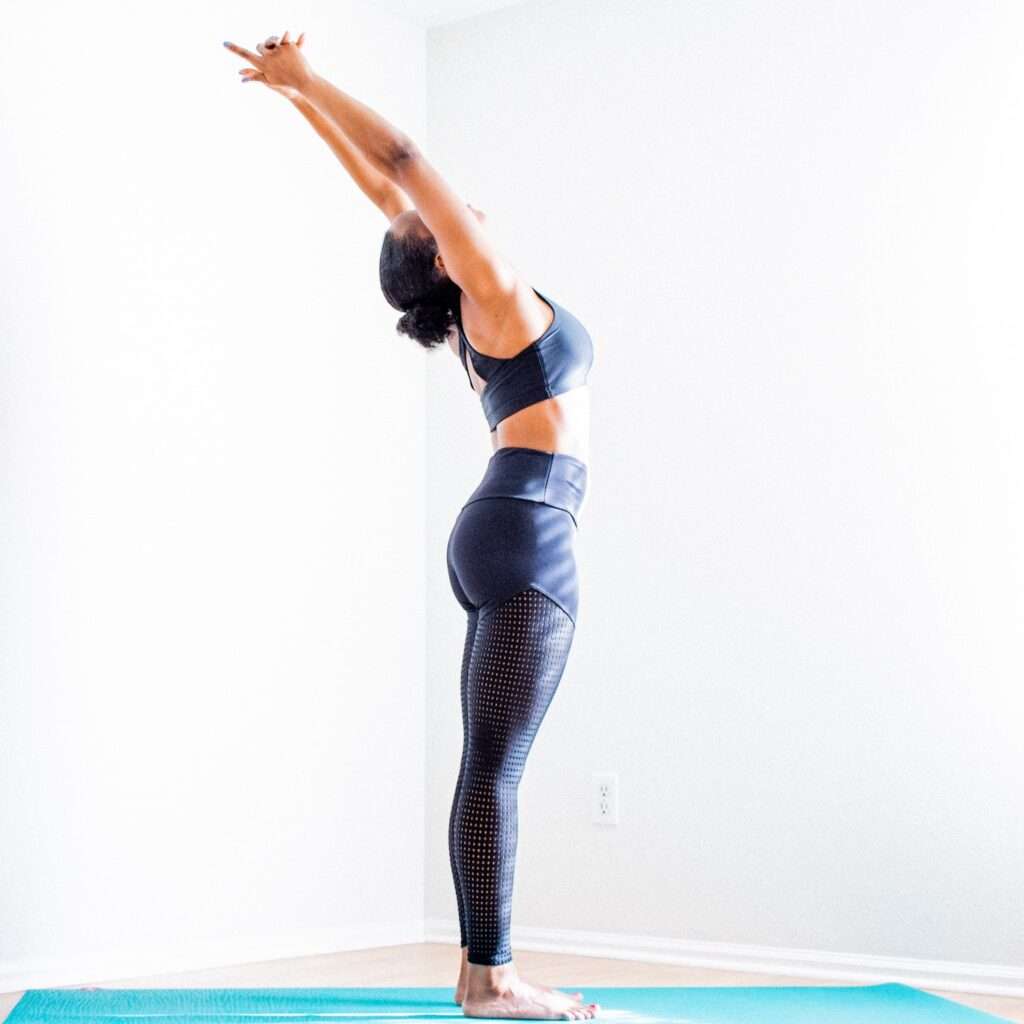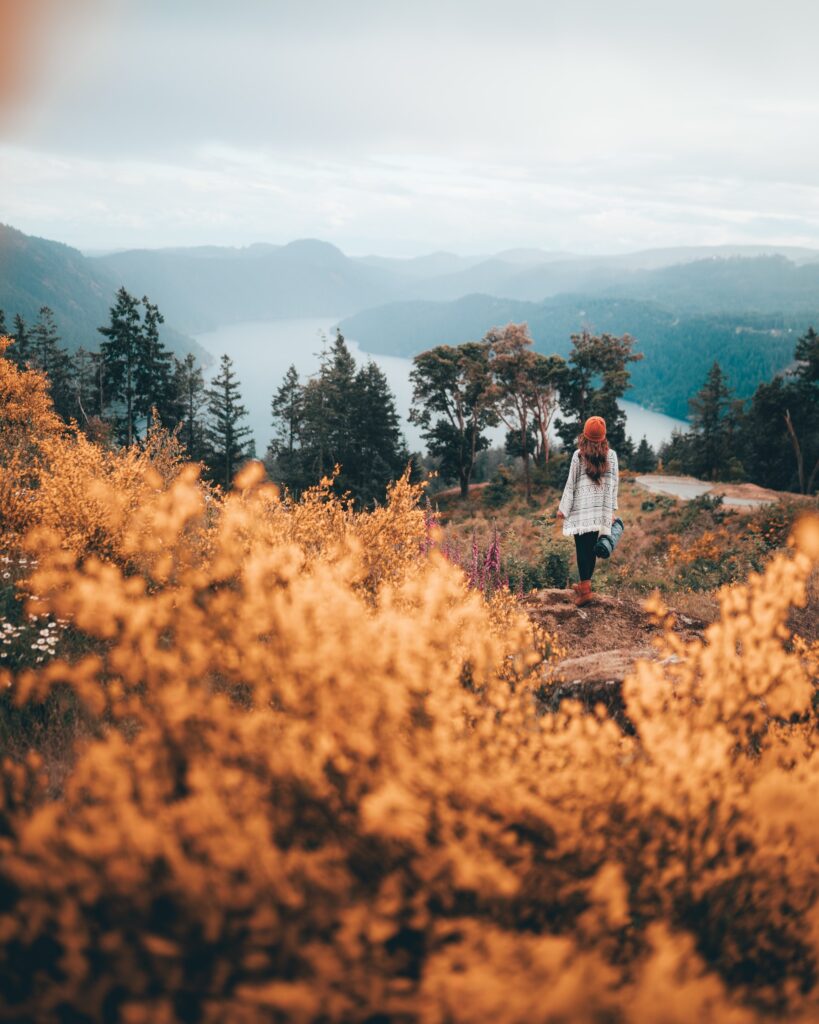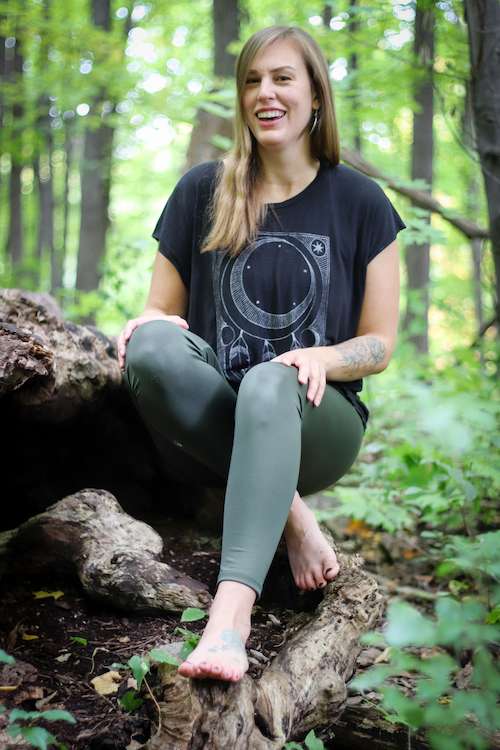By Chantal Houde
Most of us are familiar with the experience of being anxious: unsettled sensations in the belly, a quickened heart rate, shallow breathing, sweaty palms, looping fear-based thoughts, and other manifestations of worry are something we’ve all likely experienced at one time or another.
This physiological state is a natural reaction to change or challenge and is a result of a shift in our autonomic nervous system to a sympathetic, or fight or flight, state that allows us to access stored energy and mobilizes us to act to overcome an obstacle. However, when stress and anxiety are chronic or overwhelming, they may begin to cause distortions in our behaviour and health.
Without tools to manage and release stress, the chemicals and hormones that flood the body can create a feedback loop that intensifies anxiety even more over the long term. Left unchecked, anxiety can become a barrier to sound mental and physical health, achieving your goals, connecting with community, and even living your day-to-day life.
Luckily, there are several ways you can practice processing stress and shift out of an anxious state in both the short and long term.
With time and practice, you may find that you more often default to states of ease rather than fear, and your thoughts begin to be more intentional and supportive of the life you want to live, rather than detracting from it.
1. Get Into Your Body

Body-based practices can reverse-engineer a more regulated state by gently nudging you from the activation that typically accompanies anxiety towards a socially engaged, adaptable, present, and regenerative state within your range of regulation.
Gentle movement like a yoga asana practice can be a great starting point for practicing mindful presence with yourself and teaching your body to be regulated in various shapes and movements. It can also help start to unwind some of the physical tension in the body to create ease.
The focus on pranayama, or breathwork, is another benefit of yoga practice and is a powerful tool that is accessible to everyone at any time.
Taking a few slow, deep breaths can sometimes be enough to initiate a shift away from panic and unease. Inhaling through the nose, and then releasing the breath through your mouth is one option; you may also try lengthening your exhale – up to double the length of the inhale – as you breathe slowly through your nose.
Sighs or yawns may also accompany the breath and can help release tension as well. Creating any vocalizations, including humming, singing, and chanting, are all great options and have the added benefit of creating tone in the vagus nerve.
This ‘wandering’ nerve, the longest of the autonomic nervous system, is responsible for relaying information from the body to the brain. Supporting its health can create a sense of overall wellbeing.
Tapping, shaking, dancing, somatic movement, walking, massage therapy, acupuncture, and other body-based practices can also help support nervous system health and calm anxiety.
2. Find Your Flow

One of the best ways to manage anxiety over the long term is to practice what I consider to be the opposite: a state of being fully immersed in the present moment with what I am engaged in.
Psychologist Mihály Csíkszentmihályi has characterized this as “flow state,” which he suggests can equate to more happiness, productivity and creativity when practiced regularly.
Engaging in this state of being has allowed me to separate my Self from my thoughts of the past and future, and to observe them with greater impartiality. From this space, I can see when I am getting pulled into circular thinking and how these patterns move me further from my power to make healthy decisions for myself.
There are endless ways to achieve a state of flow, and theoretically, it’s possible to experience it doing any activity. Csíkszentmihályi suggests that a certain level of skill and challenge must be involved, though not more than allows you to feel confident about engaging in the task.
Any activity or hobby you enjoy that brings you into a focused state may have the power to tune you into the flow and calm anxiety, including creative pursuits like drawing or reading, socializing with family or friends, or playing a sport or board game.
3. Get Outside

Ecopsychology is a relatively new body of thought that considers the implications of the web of interdependence between humans, the rest of nature, all of life, and even the inner life of life on our individual and collective psyches and thus, our overall wellbeing.
The health of the natural world is seen as a prerequisite for human health and vice versa, and it encourages cultivating a deeper personal relationship with the Earth to help heal the mental health crises many western cultures are experiencing, like anxiety and grief.
Forest bathing, or Shinrin-yoku as it’s called in Japan, where physicians routinely recommend its practice, is the simple act of spending time in the forest. Being amongst the flora and fauna of the woods has proven to be beneficial for both physical and mental health, including as a tool to calm anxiety.
Luckily, there are plenty of opportunities to practice any of these suggestions at home or while travelling to reduce or calm anxiety. The key to seeing the benefit is in doing them consistently, as a practice. Framing a new habit allows for self-compassion, time, and curiosity, which are all key to diminishing anxiety.
If your anxiety ever feels unmanageable on your own, please know there is help available; you can reach out to a trusted friend or family member, a therapist or counsellor, or a telephone helpline in your area.
Chantal Houde is a Yoga Alliance-certified 500-hour therapeutic yoga teacher. When she’s not travelling, she offers nourishing, trauma-informed classes in Ottawa, Ontario, that invite students to cultivate self-compassion while releasing tension and balancing the nervous system.
Her systems-based teachings draw on elements of several yoga lineages learned from practice and from over 900 hours of teacher trainings around the world, as well as on principles of ecopsychology. Connect with her on Instagram @naturespacepractice.


